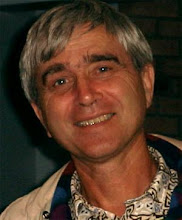
Tree roots have been removed and trenches dug for the footings.

The trenches had to be deepened for the footings but this picture gives an idea of what the excavation looked like.

Clay soil!




 Here is the lumber with a few boards missing, used already in the new shop construction. Total cost of getting the wood to the mill and the cost of milling was $550. Thus my per board foot cost was about 60c. This does not include the costs of felling the trees which I did mostly myself but whic could be pricey if the trees could not be easily felled due to building proximities etc.
Here is the lumber with a few boards missing, used already in the new shop construction. Total cost of getting the wood to the mill and the cost of milling was $550. Thus my per board foot cost was about 60c. This does not include the costs of felling the trees which I did mostly myself but whic could be pricey if the trees could not be easily felled due to building proximities etc.
















